HPL Switch Fuse Unit (Main Switch) TPN description
Features and Details:
- In Sheet enclosure, Powder Coated, Weatherproof conforming to IS: 13947 – (Part 3) 1993
What is the Main Switch?
The main switch is the part of a control panel that significantly impacts the progress of a project, and applies or disconnects power to the control panel.
The main switch is a central switch that controls small switches and machines in a building. The main switch can be cut by a human or computerized system to control the energy flow through the building.


The main switch, also known as the switchboard, divides the electrical supply to an auxiliary circuit and provides a protection fuse for each circuit. If any circuit is overloaded, the main switch fuse is tripped. This effectively prevents the power supply from circulating in the circuit and prevents the ignition from overloading. In the absence of the master switch, overload would heat the wire, melt the insulation, and eventually ignite the flame.
The "master or master switch" is the name of the master switch that connects or disconnects all circuits to your home. In a circuit breaker box the first and biggest switch is usually the main (about 60 to 100 amps) and under it or to the side is a row of smaller breakers, maybe 10 or 15 or 20 amps each, that go to each area of the house, like kitchen, or bathroom, or living room lights, or living room sockets.
When we look at the sign from the outside, one of the first things we see is something called a ‘master switch' sometimes called an insulator.
The main switch applies or disconnects the 3 phase power that we have in the control panel.
We usually designate only 3 phases with the next labeling system; L1, L2, and L3 are the 3 phases of procurement. “N” is the neutral wire. The goal of the neutral leads is to provide a return path to the electric ground to complete the circuit.
 (+91) 7439 448 917
(+91) 7439 448 917 Cash on Delivery Available
Cash on Delivery Available
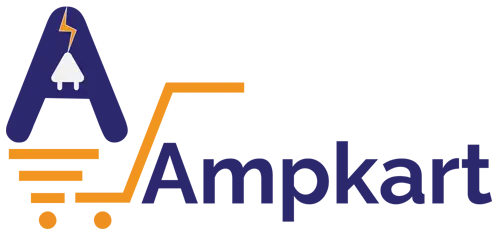

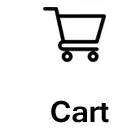
 Circuit Breakers
Circuit Breakers Power Distribution
Power Distribution Modular Switchboard
Modular Switchboard Wires & Cables
Wires & Cables

















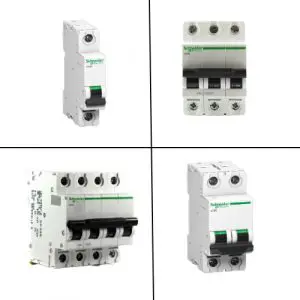
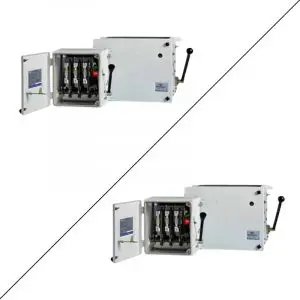




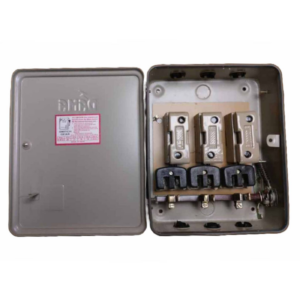

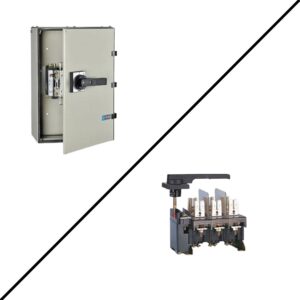

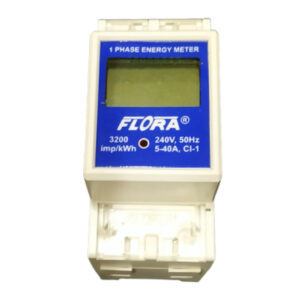
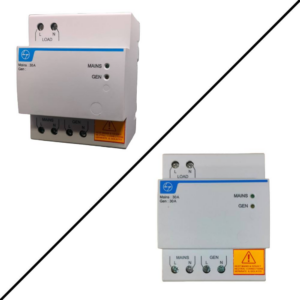
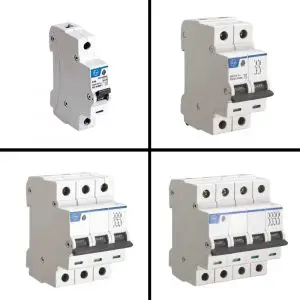
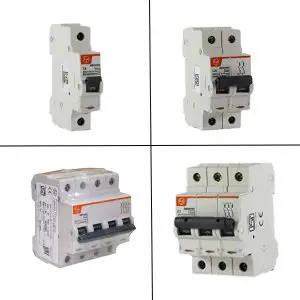












Reviews
There are no reviews yet